What is the purpose of Lent?
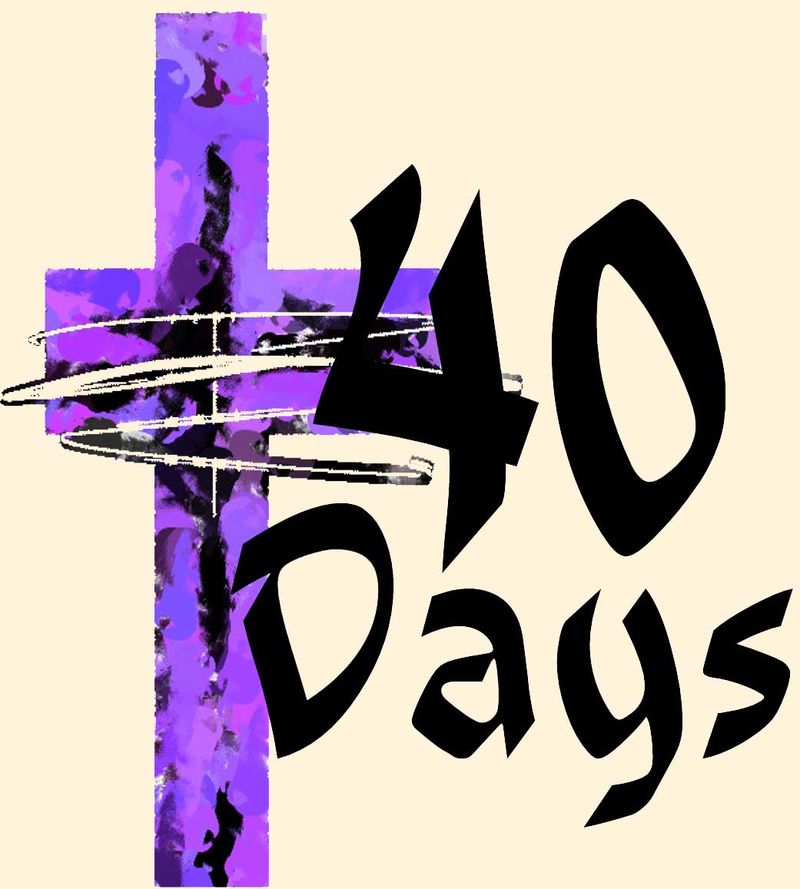
Recently, someone told me, “I hate Lent! My whole life has been one long Lent!” Clearly, for this person, Lent meant suffering, but, after many tears, it also became clear that this person’s suffering had been transformed into compassion for others who suffer, and this new understanding led to joy. Lent is meant to be a joyful season—it looks forward to Easter, to Resurrection!
Lent is a long time of preparation—preparation not just for Easter Sunday, not just for the Great Three Days (the Triduum) of Holy Thursday, Good Friday, and the Holy Saturday Vigil. I would say that Lent is a preparation for the whole of Holy Week, from Palm Sunday to Easter Sunday. These are the most dramatic liturgies of the year, and they all come from the early fifth- century liturgies of Jerusalem.
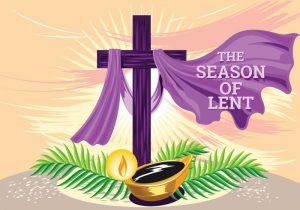
Source: vecleezy.com
The Gospels, of course, don’t tell us what everyone knew. Everyone knew that Pilate lived, not in Jerusalem but in Caesarea Maritima (Caesarea on the Sea Coast), about eighty kilometres west of Jerusalem. It was a city built by Herod the Great in the Greco-Roman style, adorned with statues of the Divine Augustus and other deities.
But, whenever there was a Jewish festival, Pilate entered Jerusalem with a great show of military might (foot soldiers, chariots, trumpets, and drums), himself mounted on a splendid horse (the beast of war).
He would have stayed at the Citadel at the west side of Jerusalem. He always was present for Passover, when riots were more likely to occur, but he would have entered, not on the Sabbath (that would have been too offensive to Jews), but on the first day of Passover Week: on what we call Palm Sunday.
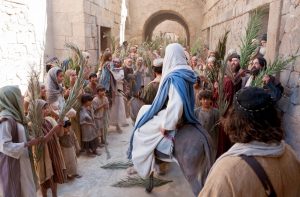
Source: youtube.com
Jesus intentionally chooses this day to enter Jerusalem from the east, coming from the Mount of Olives, through the Lions’ Gate (now St. Stephen’s Gate), a little more than a kilometre from the Citadel. Jesus is mounted on a donkey, the poor person’s beast of burden. He has no armed men with him, only his disciples, but for the first time he allows himself to be hailed as Messiah!
He’s doing what many have wanted him to do all along, that is, oppose the Roman occupation. It’s a very political action, but he’s doing it his own way. He’s intentional: he chooses the day, he chooses the season of Passover with all its rich meaning, and he does so with full knowledge of the consequences: he has even predicted them three times.
The great Temple courtyards are right near the Lions’ Gate, and there Jesus goes to challenge the Chief Priests by clearing out the money-changers and animals for sacrifice. Here he is violent, but he’s armed only with a whip of cords. The Chief Priests were hated by everyone, and considered illegitimate, having been appointed by Herod the Great, so that they would be subservient to him as he was to Rome.
Jesus thus challenges both ruling powers in his entrance as messiah. We may wave a few little palm fronds, but we should not miss the meaning of this dramatic procession, and how it sets the stage for all that will follow. So that we won’t miss its meaning, we have a reading of one of the passion narratives.
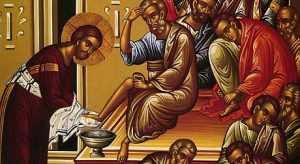
Source: ncregister.com
Holy Thursday has its own little drama: the Last Supper with the washing of the disciples’ feet. Peter resists because it’s not really about his feet, it’s about his sandals: removing a person’s sandals was the task of the lowest slave (John the Baptist said, “I’m not worthy to untie even the thong of his sandals”). But Jesus insists: he has come to serve and to show others how it’s done. Again, if we don’t understand the culture, we miss the deeper meaning: Jesus chooses to be a slave, the lowest slave.
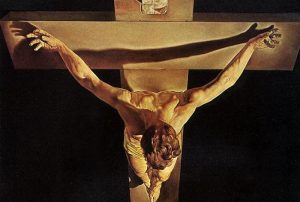
Source: sbek.org
Good Friday: this brings us to the great shaming ritual of crucifixion where anyone (anyone not a Roman citizen) who opposes Rome is stripped stark naked and hung up outside the city walls to be mocked and laughed at while he writhes in agony and slowly dies as his muscles go into spasm and he can no longer breathe. This is ultimately what a slave (or conquered foreigner) suffers who dares oppose the power of the divine Caesar.
The Easter Vigil on Holy Saturday is where darkness is turned to light with the paschal candle and lighted tapers, the whole sacred history of Israel (especially the Passover) is proclaimed with glorious song, and finally where adult baptisms are celebrated.

Source: tribdem.com
Now at last, as adults, we are asked to do what we could not do as infants: say yes to dying and rising with Christ! It’s a life and death commitment, a covenant which needs renewing each year because it’s so all-involving and demanding. To be a Christian means readiness to follow Jesus, even to the cross.
Easter Sunday morning, however, is all about the Easter bunny and chocolate eggs: how can we compete with that, so why not let the little kids have their fun on Sunday morning? Their parents can hire baby sitters on Saturday night while they celebrate Easter as only adults can.




No Comments